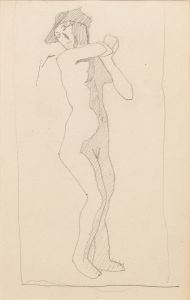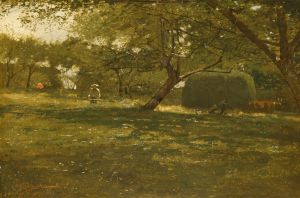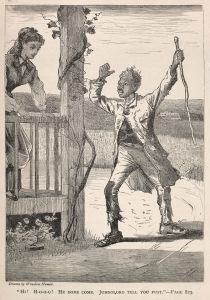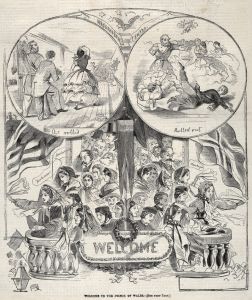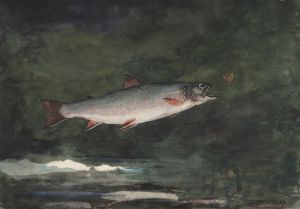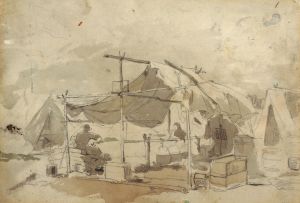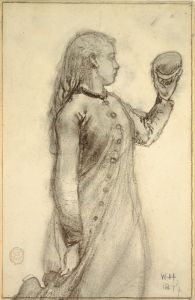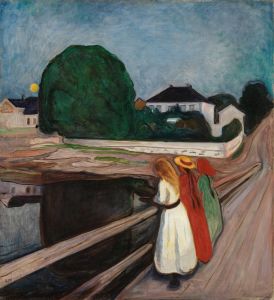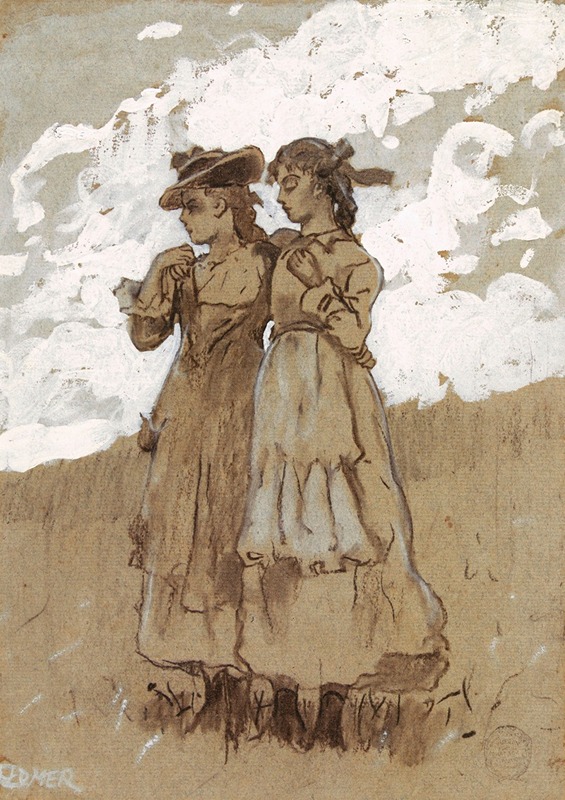
Two Young Girls
A hand-painted replica of Winslow Homer’s masterpiece Two Young Girls, meticulously crafted by professional artists to capture the true essence of the original. Each piece is created with museum-quality canvas and rare mineral pigments, carefully painted by experienced artists with delicate brushstrokes and rich, layered colors to perfectly recreate the texture of the original artwork. Unlike machine-printed reproductions, this hand-painted version brings the painting to life, infused with the artist’s emotions and skill in every stroke. Whether for personal collection or home decoration, it instantly elevates the artistic atmosphere of any space.
Winslow Homer, an American painter known for his landscape and marine subjects, created the painting "Two Young Girls" during his prolific career in the 19th century. Homer, born in 1836 in Boston, Massachusetts, is celebrated for his ability to capture the essence of American life and landscapes with a keen eye for detail and a profound understanding of his subjects.
"Two Young Girls" is one of Homer's works that exemplifies his interest in depicting everyday scenes with a sense of realism and emotional depth. While specific details about the painting's creation, such as its exact date and the identity of the subjects, are not widely documented, the artwork is consistent with Homer's style during his mature period, where he focused on themes of youth, innocence, and the natural world.
Homer's technique often involved the use of oil paints and watercolors, and he was known for his ability to convey light and shadow with remarkable clarity. In "Two Young Girls," Homer likely employed these skills to create a scene that captures the simplicity and beauty of childhood. The painting reflects his interest in portraying the human figure within the context of nature, a theme that recurs throughout his body of work.
The setting of "Two Young Girls" is typical of Homer's preference for outdoor scenes, possibly depicting a rural or coastal environment, which he frequently explored in his paintings. His time spent in places like Maine and the Adirondacks provided ample inspiration for his landscapes and the figures within them. These locations offered Homer the opportunity to observe and paint the interactions between people and their natural surroundings, a hallmark of his artistic approach.
Homer's work is often associated with the Realism movement, which sought to represent subjects truthfully and without idealization. His paintings frequently convey a sense of narrative, inviting viewers to ponder the stories behind the scenes he depicted. "Two Young Girls" fits within this framework, as it likely presents a moment of quiet interaction or contemplation, characteristic of Homer's ability to capture the subtleties of human experience.
Throughout his career, Homer received acclaim for his contributions to American art, and his works continue to be celebrated for their technical mastery and emotional resonance. "Two Young Girls," while not as widely known as some of his other pieces, exemplifies the qualities that have made Homer's art enduringly popular. His paintings are housed in major museums and collections across the United States, where they continue to be studied and appreciated by art enthusiasts and scholars alike.
In summary, "Two Young Girls" by Winslow Homer is a testament to the artist's skill in capturing the essence of his subjects with realism and sensitivity. While specific details about the painting may be limited, it remains an important part of Homer's oeuvre, reflecting his enduring interest in the themes of youth, nature, and the human experience.





